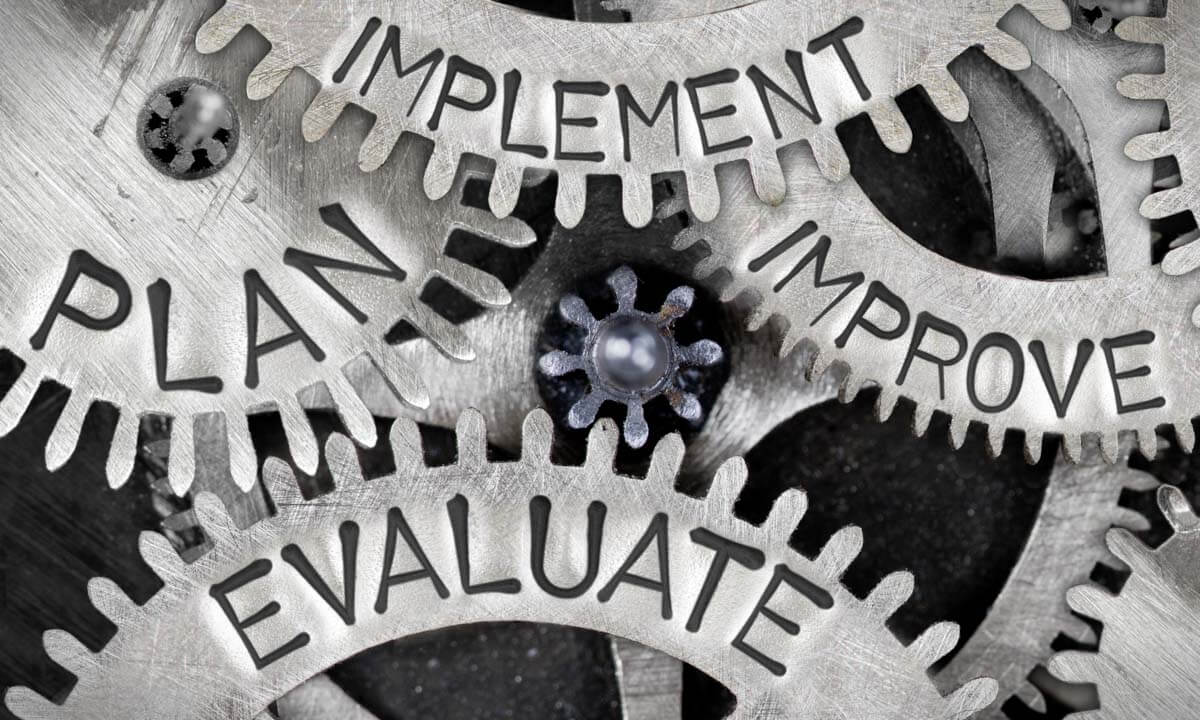In the world of enterprise architecture, tools play a pivotal role in shaping successful programs. However, with a variety of options available, making the right choice for your business can be challenging. In this blog, Mike Cardillo dives deep into the significance of aligning tool capabilities with the maturity of your business architecture program.
The Landscape of Enterprise Architecture Tools
Enterprise architecture modeling tools are essential resources that businesses use to support their initiatives. The market offers a diverse range of tools with unique features and capabilities. However, like any business resource, enterprise architecture tools require careful attention and management. Before adopting a tool, it’s essential to assess the maturity of your organization’s business architecture program and the expertise of your architects. The level of care and attention these tools require should align with the resources your organization can dedicate.
Tool Management
Enterprise architecture tools are very powerful. They can capture integration processes, document application portfolios, establish links with infrastructure, and even facilitate risk analysis. These capabilities empower organizations to gain valuable insights into their operations, identify bottlenecks, and optimize performance.
Matching Tools to Goals
While the benefits are clear, it’s crucial to recognize that these tools come with a cost. Organizations must weigh the advantages against the investment of time, effort, and resources required to effectively utilize and maintain these tools. To ensure that the chosen tool aligns with your organization’s needs, it’s essential to define your objectives clearly. By understanding your goals, you can make an informed decision about which tool will best support your enterprise architecture program.
Complexity vs Simplicity
The complexity of enterprise architecture tools varies wildly. Some tools offer advanced capabilities, catering to intricate architectural needs. However, these tools demand more care and expertise to manage effectively. Alternatively, simpler tools provide basic functionalities making them easier to adopt but potentially limiting their scope.
Navigating Tool Selection
Tool selection is more than just finding the most powerful tool, you need to find the tool that matches your organization’s maturity level. Seeking expert guidance in this journey can significantly enhance the success of your tool selection. In some cases, it might be better to start with simpler tools. This approach will allow your organization to gradually build an architecture program while preparing to transition to more robust tools when you are better equipped to manage them effectively.
Choosing the Right Tool
Choosing the right enterprise architecture tool requires a deep understanding of your organization’s goals, capabilities, and resources. By aligning tool selection with your architecture program’s maturity, you can harness the power of these tools to drive innovation, efficiency, and success. Our team is here to help with your enterprise architecture service needs. Contact Eliassen Group today, and we’ll put you in touch with the right individual to assist you.
Written by Eliassen Group
Eliassen Group is a leading strategic consulting company that provides business, clinical, and IT services for our clients as they seek to transform and execute strategies that will drive exceptional outcomes. Leveraging over 30 years of success, we focus on three main areas: technology solutions, clinical solutions, and financial, risk & compliance, and advisory solutions. Eliassen Group prides itself on its purpose to positively impact the lives of our employees, clients, consultants, and the communities in which we operate.


